Ultrasonic level transmitters are widely used in industrial process control due to their non-contact measurement, high accuracy, and easy installation. However, like all instruments, they may encounter various faults during field operation. This article summarizes the most common issues found in four-wire ultrasonic level transmitters, their causes, and practical troubleshooting solutions.
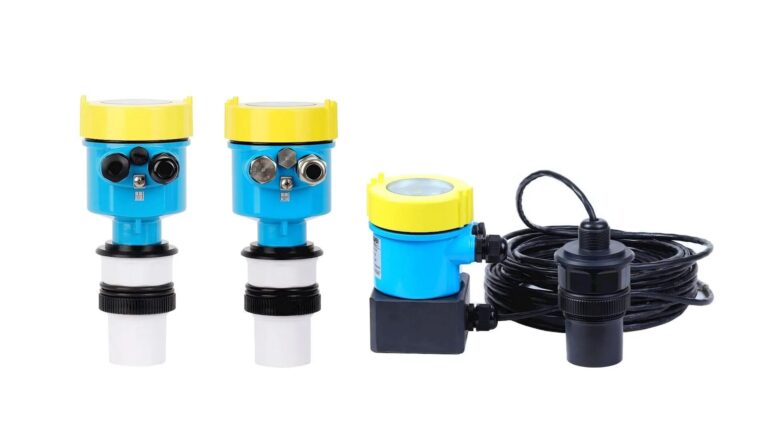
1. Power Supply and Wiring Faults
1.1 No Signal Output / Abnormal Display
Symptoms:
No display on screen
Garbled characters
No signal output to the control system
Possible Causes:
Power not connected, or polarity reversed
Supply voltage is too low (less than DC 24V) or fluctuating beyond ±10%
Solutions:
Verify the power wiring and correct the polarity
Use a regulated DC24V power supply with voltage fluctuation ≤ ±10%
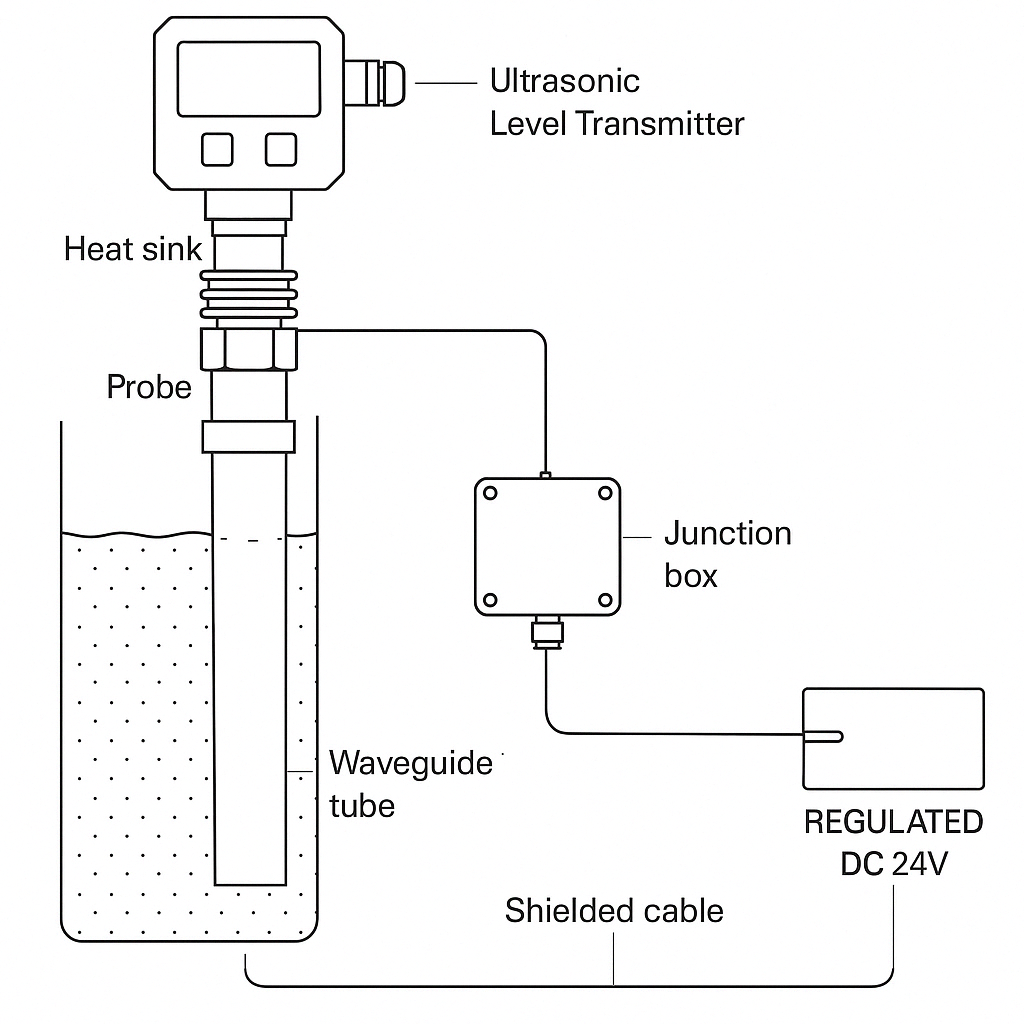
1.2 Signal Line Interference
Symptoms:
Output signal fluctuates or jumps randomly
Possible Causes:
Signal cables are routed too close to power cables (distance < 20 cm)
No shielded cable used, or poor grounding (ground resistance > 4Ω)
Solutions:
Route signal cables separately using metal conduit, maintain ≥ 20 cm spacing from power cables
Properly ground the shield layer and connect the transmitter housing to an independent grounding point
2. Abnormal Measurement Readings
2.1 Fixed Reading or Large Deviation
Symptoms:
Display value is stuck and does not change
Displayed level deviates from actual value by more than ±1%
Possible Causes:
Liquid surface enters the blind zone (distance from probe to surface < 0.3 m)
Probe surface contaminated, or presence of foam/steam
Solutions:
Adjust installation height so that the maximum liquid level is above the blind zone
Clean the probe regularly; use split-type installation in high-temperature environments (cable length ≤ 15 m)
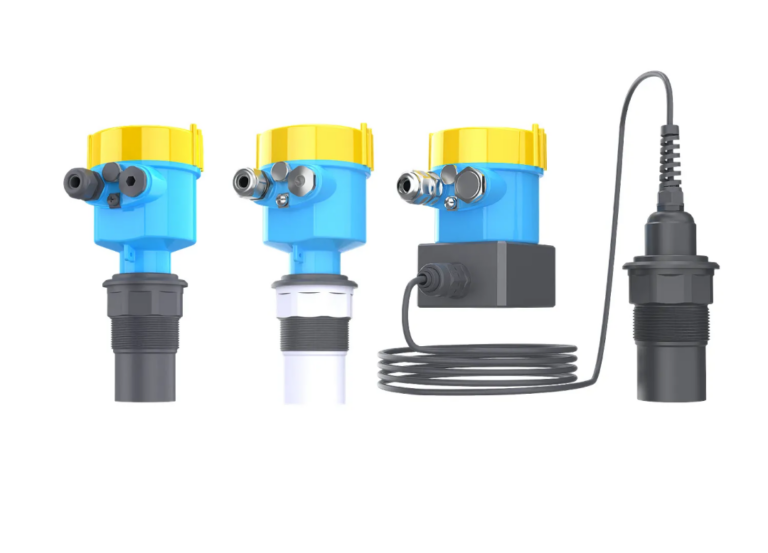
2.2 Fluctuating Readings or Delayed Response
Symptoms:
Values fluctuate frequently
Response time exceeds 2 seconds
Possible Causes:
Agitation or turbulence in the tank
Probe is installed at an angle (more than 3° from vertical)
Solutions:
Install a waveguide pipe (diameter ≥ 100 mm), or use high-frequency probe (e.g., 80 kHz) for better stability
Use a leveling tool to ensure the probe is installed vertically and aligned with the liquid surface
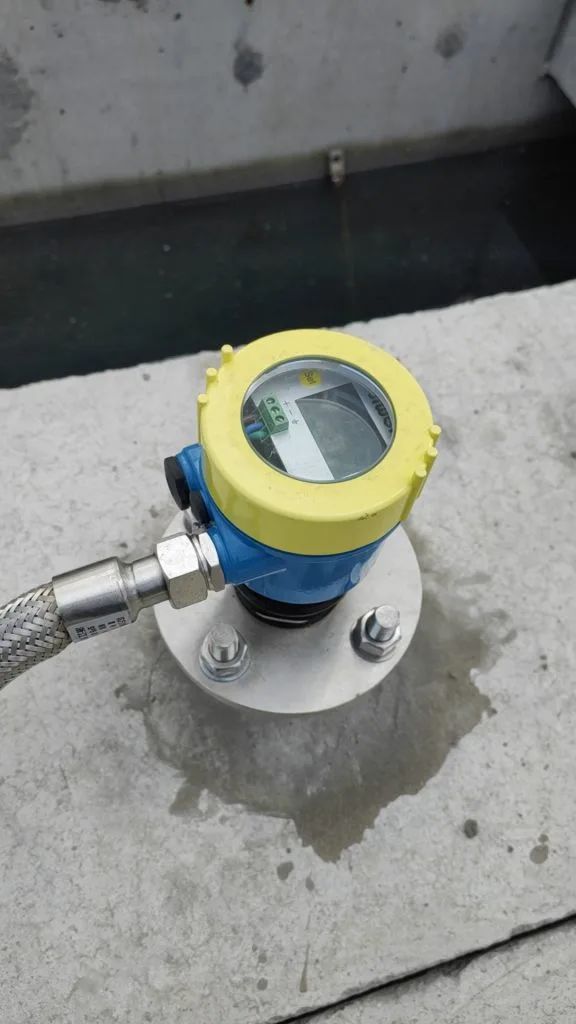
3. Environmental Adaptation Issues
| Working Environment | Fault Symptoms | Recommended Solution |
|---|---|---|
| High Temperature | Signal loss for distant measurements; works only at close range | Use split-type installation with heat sink (temperature ≤ 150°C); limit cable length to ≤ 15 m |
| Corrosive Media | Probe corrosion or signal weakening | Replace with PVDF or PTFE material probes; clean monthly |
| Outdoor Installation | Signal loss during rain or snow | Use IP68-rated junction boxes; seal cable entries with silicone |
4. Parameter Configuration Errors
4.1 Improper Blind Zone Setting
Symptoms:
Full-scale reading or “no echo” error
Possible Cause:
Blind zone value not adjusted according to the measuring range (e.g., for 10 m range, blind zone should be ≥ 0.5 m)
Solution:
Reconfigure the blind zone so the highest liquid level remains above the set minimum distance
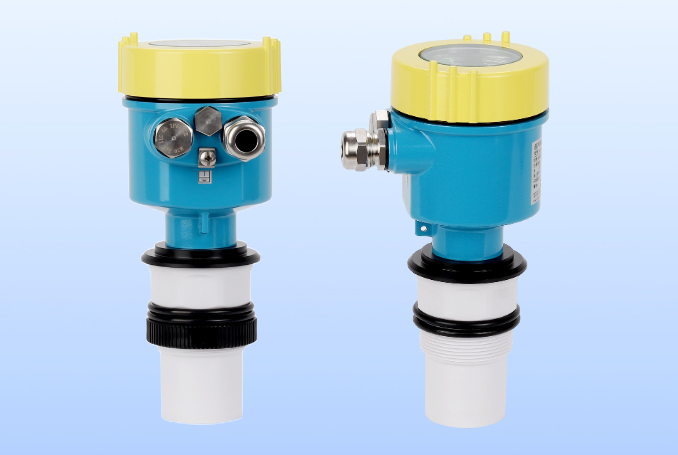
4.2 Uncalibrated Sound Velocity
Symptoms:
Persistent measurement error > ±0.5%
Possible Causes:
Temperature compensation disabled
Incorrect manual sound velocity input
Solutions:
Enable automatic temperature compensation
Adjust sound velocity based on the medium’s physical properties (especially in acid/alkaline solutions)
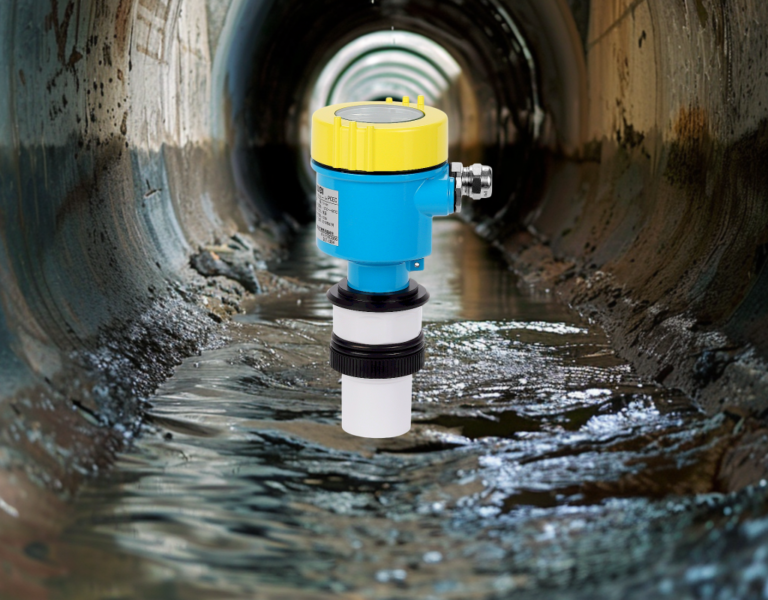
5. Maintenance Recommendations
To reduce failure rates and ensure long-term stable operation:
Routine Calibration: Perform calibration every 6 months using a certified reference container or measurement standard.
Periodic Cleaning: Inspect and clean the probe and housing regularly, especially in environments with foam, dust, or corrosive gases.
Environmental Adjustment: Select appropriate materials and installation types (split-type, PTFE housing, etc.) according to site conditions.
Conclusion
Most faults in four-wire ultrasonic level transmitters stem from improper installation, harsh environments, or configuration errors. By applying structured diagnosis, using proper accessories (shielded cables, grounding, waveguides), and following a regular maintenance schedule, users can greatly enhance the performance and reliability of ultrasonic level measurement systems.
